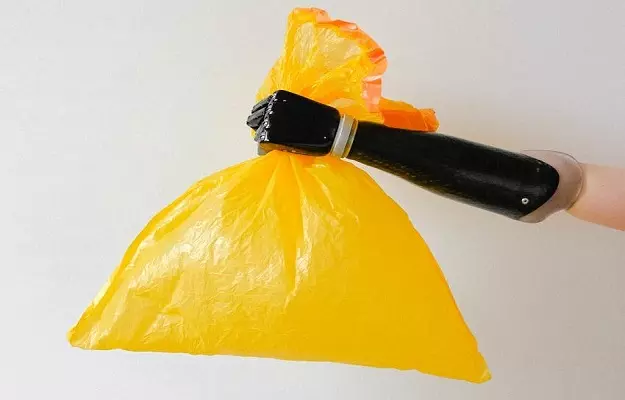You should take care of the respiratory waste of the COVID-19 infected patient in the following manner:
1. Tissue paper or handkerchief
The patient should either be given a disposable tissue or a reusable towel to cover their mouth and nose while coughing and sneezing.
If the patient is using a disposable tissue, the tissue should be disposed of immediately after use in a pedal-operated closed lid dustbin which should be lined with a plastic bag.
If the patient is using a reusable towel or handkerchief, dip it into 1% bleach solution for 30 minutes, then soap and water and then dry them in natural sunlight then wash your hands thoroughly.
2. Spittoon
A spittoon is a container in which the patient can spit out expectorants like sputum. The patient should be given a closed-lid spittoon with a 1% bleach solution in it. The patient should close the lid immediately after every use. After using it at least 10 times, the expectorated sputum should be flushed in the commode used by the patient.
If the patient lives in a place where toilet facilities are not available then it should be buried deep in the soil and then covered properly.
Wear heavy-duty gloves and clean the spittoon with soap and water. After cleaning thoroughly dip the spittoon into 1% bleach solution for 30 minutes to ensure adequate disinfection and then dry it in natural sunlight. Refill the spittoon with the bleach solution and give it to the patient.
Wash your hands thoroughly with soap and water afterwards.
3. Face masks
There can be two types of face masks that can be used by a patient and a healthy person: disposable and reusable. The disposable face masks can be the three-layered surgical masks which are disposed of when soiled. The reusable face masks can be made at home by joining three layers of cotton cloth together.
Disposable masks should only be worn for 4 hours and then disposed of. It should also be disposed of if it gets wet due to droplets that shed while coughing or sneezing. It should be disposed of in a pedal-operated closed lid dustbin which should be lined with a plastic bag.
A reusable mask should be replaced with a new one if it gets wet due to droplets that shed while coughing or sneezing. Wash that mask with soap and water and then rinse it in 1% bleach solution for 30 minutes. This would ensure adequate disinfection. You should be wearing heavy-duty gloves while washing the mask.








































